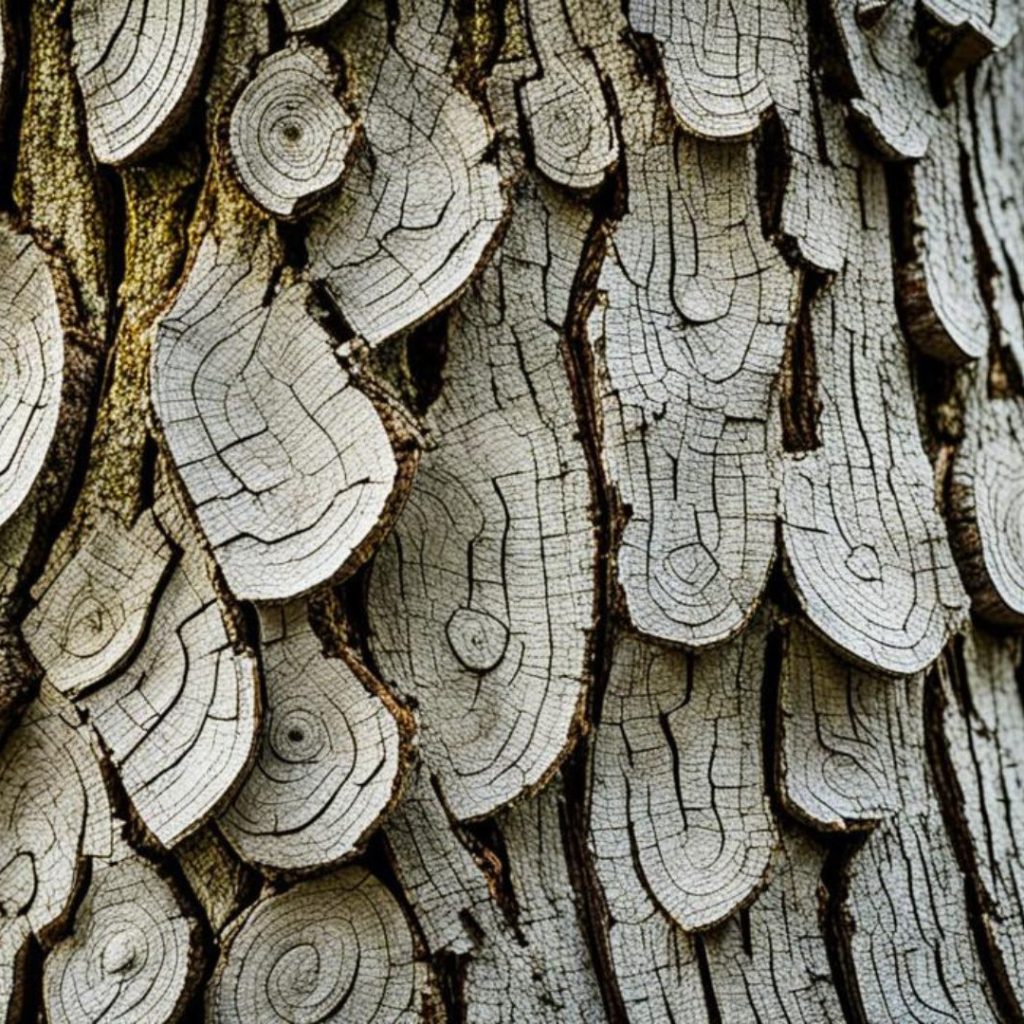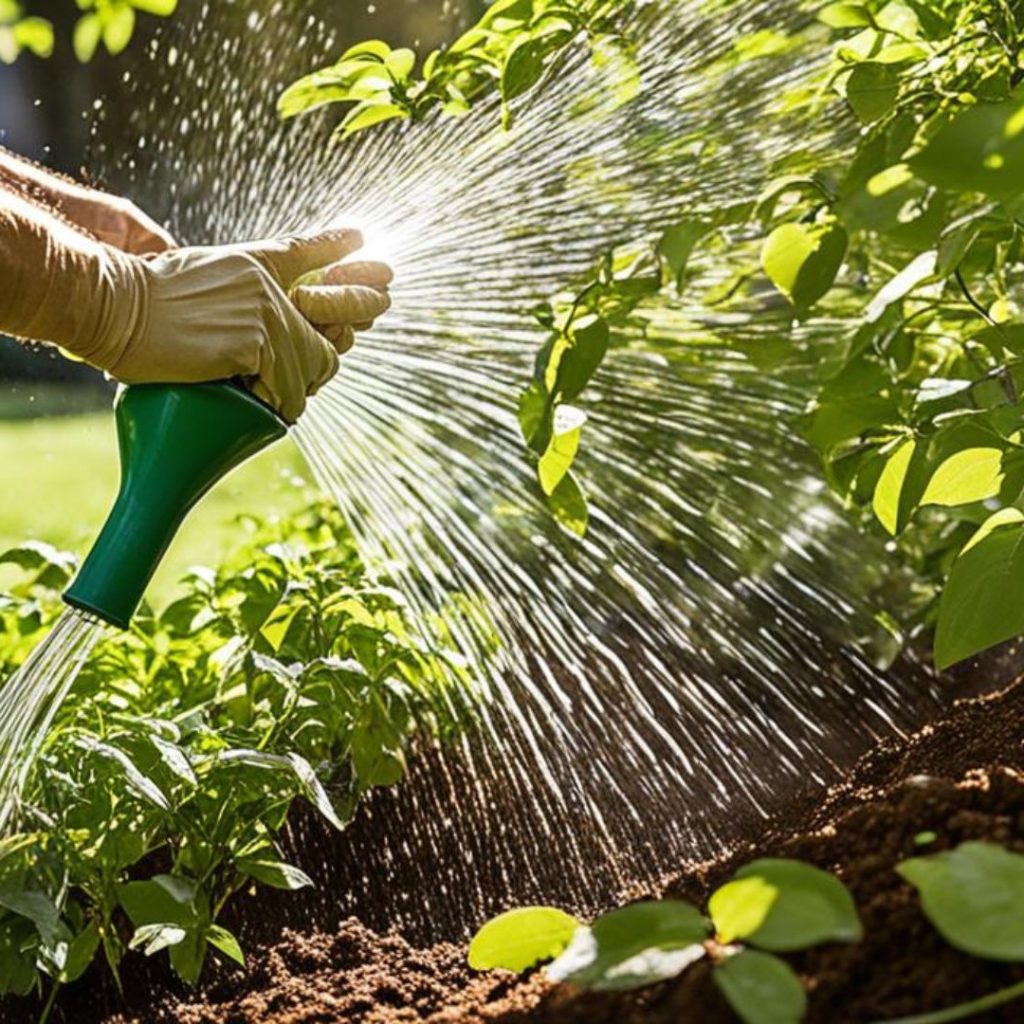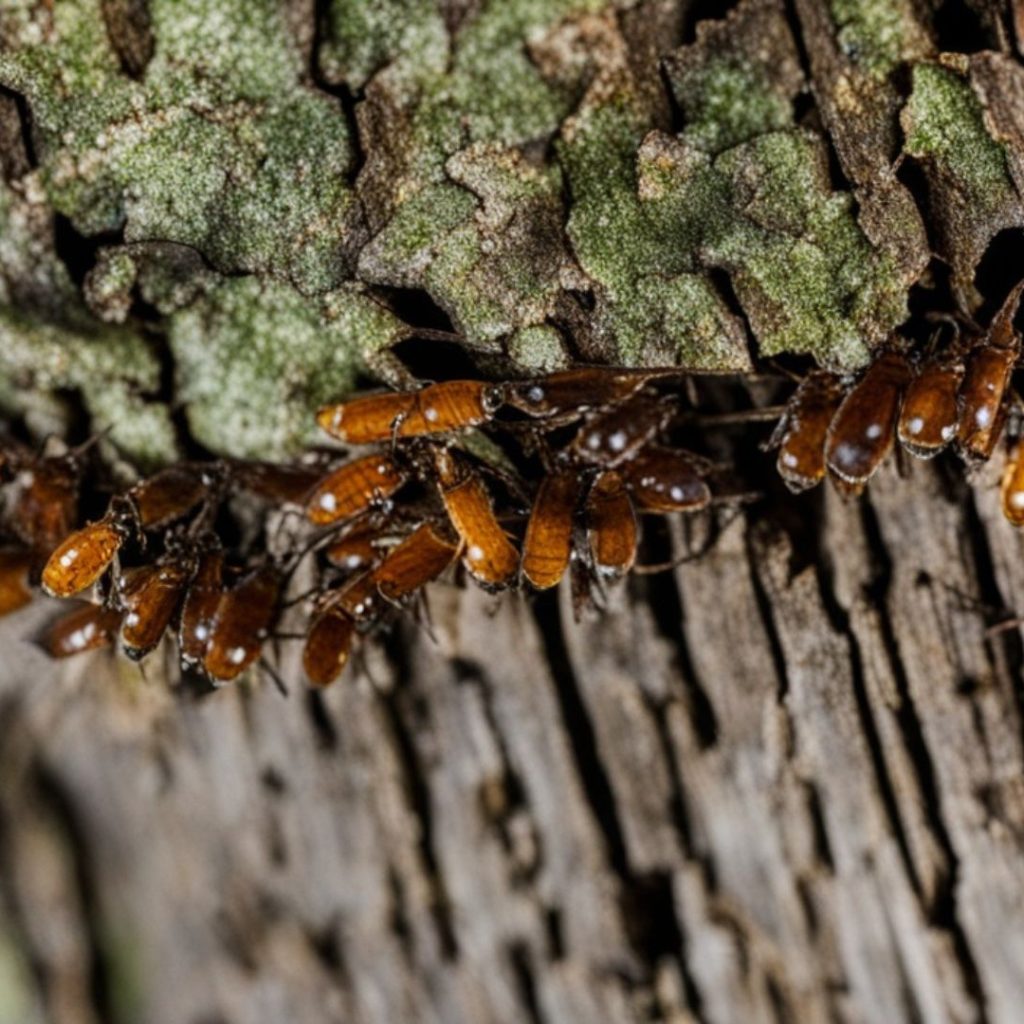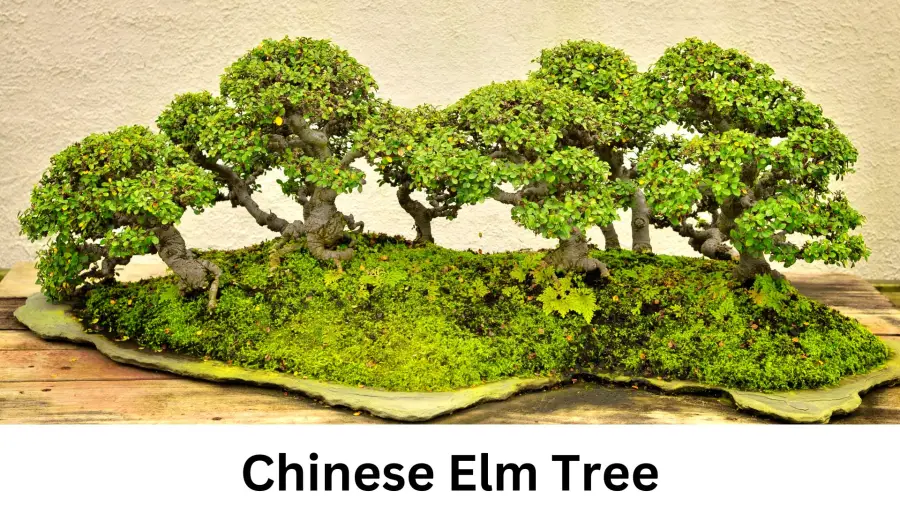Welcome to the world of Chinese Elm trees! These trees are loved for their beauty and toughness. They are a favorite among gardeners. I’ll share key tips to help your tree grow well and look great all year.
Learning how to care for these trees is crucial. Things like soil type and sunlight are very important for their health. Let’s explore the best ways to keep these beautiful trees strong and healthy.

Introduction to Chinese Elm Trees
The Chinese Elm tree is a fascinating species known for its unique characteristics. These trees grow fast, making them great for gardeners looking for quick results. They can grow up to 40 to 60 feet tall, making a big impact.
They are also very adaptable. They can live in different climates and soil types. This makes them perfect for many environments.
The benefits of Chinese elm trees are truly amazing. Their branches have a beautiful shape, adding to the tree’s look. The leaves change colors with the seasons, making the tree a year-round beauty.
Adding a Chinese Elm to your garden does more than just look good. It also helps the environment. The trees provide a home for birds and insects. By planting one, you’re choosing beauty and helping nature.
Understanding the Chinese Elm Tree
The Chinese elm tree, known as Ulmus parvifolia, is a species that grows well in many places. It’s interesting to see where this tree lives naturally. It’s found mainly in China, Korea, and Japan, near rivers, in forests, and even in cities.
Knowing how to care for this tree is important if you want to plant one. Chinese elms like soil that drains well and can handle different pH levels. They do best in soil that’s a bit acidic to neutral.
These trees can survive without much water but grow better with regular watering during the growing season.
“The adaptability of the Chinese elm is a testament to its enduring nature.”
The climate affects the health of the Chinese elm. It can handle both hot and cold weather well. This makes it a good choice for many climates. It grows in USDA hardiness zones 4 to 9, making it versatile for gardeners in different areas.
To keep a Chinese elm healthy, mimic its natural environment in your garden. By doing so, you can have trees that add beauty and shade to your outdoor space.
Chinese Elm Tree Care: Essential Tips for Healthy Growth
Caring for a Chinese elm tree means knowing what it needs for soil and sunlight. With the right care, these trees can grow well and look great in any garden.
Soil Requirements
The chinese elm tree soil requirements focus on well-drained, slightly acidic to neutral soil. Good soil is key for strong roots and health. When planting, I mix in organic matter to improve drainage and fertility.
Sunlight Exposure
Knowing how much sunlight a chinese elm tree needs is important. They do best in full sun to partial shade. I place them where they get at least six hours of direct sunlight daily. This sunlight keeps their leaves vibrant and helps them grow strong.
| Soil Type | Drainage | pH Level |
|---|---|---|
| Well-drained loamy soil | Excellent | 6.0 – 7.0 (slightly acidic to neutral) |
| Clay soil | Poor | 6.5 – 7.5 (neutral to slightly alkaline) |
| Sandy soil | Good | 5.5 – 6.5 (acidic to neutral) |
By paying attention to these details, my Chinese elm trees stay healthy and add beauty to my garden for many years.
Watering Your Chinese Elm Tree
Proper watering is key for your Chinese Elm tree’s health. Knowing the right techniques helps with strong growth and fighting off bad conditions. I’ve learned watering strategies that keep my tree healthy and bright.
Chinese Elm Tree Care Watering Techniques
For watering your Chinese Elm tree, being consistent is important. Here are the strategies I use:
- Water deeply rather than often; this helps roots grow deep.
- Check soil moisture by sticking your finger in about an inch deep. If it feels dry, it’s time to water.
- Water in the morning or late afternoon to cut down on evaporation.
- Use a soaker hose or drip irrigation for slow, steady moisture.
Following these tips helps me keep moisture right, avoiding too much water that can cause problems.
Signs of Underwatering and Overwatering
It’s crucial to know the signs of underwatering to keep my Chinese Elm tree healthy. Here are the signs I watch for:
- Leaves that look droopy mean the tree needs water.
- Brown edges on leaves show the tree lacks moisture.
But, too much water can harm your tree too. Signs of overwatering I watch for include:
- Leaves turning yellow, especially the lower ones.
- Root rot, which smells bad and can be at the tree’s base.
Knowing these signs helps me adjust my watering, making sure my Chinese Elm tree thrives.

Fertilizing Your Chinese Elm Tree
Proper fertilization is key for a healthy Chinese Elm tree. It’s important to know the best fertilizers and when to use them. I’ll share some tips to help your tree grow well.
Best Types of Fertilizers
Look for balanced fertilizers with nitrogen, phosphorus, and potassium. Here are top picks for fertilizing your Chinese Elm tree:
- Slow-Release Fertilizers: These release nutrients slowly, so you don’t have to feed your tree as often.
- Liquid Fertilizers: These are fast-acting and great for adjusting your tree’s diet quickly.
- Organic Fertilizers: Made from natural stuff, they help the soil and feed your tree.
Fertilizing Schedule
It’s important to have a fertilizing plan for your trees. Here’s a simple schedule:
| Time of Year | Fertilizing Action | Type of Fertilizer |
|---|---|---|
| Early Spring | Initial application | Slow-release fertilizer |
| Mid-Summer | Supplemental feeding | Liquid fertilizer |
| Late Summer | Final feeding | Organic fertilizer |
Stick to this plan to help your Chinese Elm tree grow strong and green. Good fertilization gives it the nutrients it needs for healthy growth.
Chinese Elm Tree Problems
Looking after my Chinese Elm tree means knowing about common problems. These issues can really affect its health. By spotting pests and diseases early and acting fast, I can keep my tree healthy.
Common Pests and Diseases
Chinese elm trees face many pests and diseases that can slow their growth and harm them. Some of the most common ones include:
- Aphids: These small, soft-bodied insects can infest the leaves, stunting growth and causing yellowing.
- Scale Insects: These pests attach themselves to the bark and sap, leading to weakened branches.
- Spider Mites: Often found on the undersides of leaves, they may cause wilting and webbing.
- Dutch Elm Disease: This serious fungal disease can kill the tree if not managed promptly.
How to Resolve Issues
When dealing with chinese elm tree problems, acting quickly is key. Here are some steps I can take to tackle these issues:
- Aphids: Introduce beneficial insects like ladybugs to reduce the population naturally or use insecticidal soap.
- Scale Insects: Regularly inspect for these pests and treat with horticultural oil to suffocate them.
- Spider Mites: Increasing humidity can help deter these mites. For severe infestations, apply miticides as needed.
- Dutch Elm Disease: Promptly remove infected branches and apply fungicides to protect remaining healthy tissue.

By keeping an eye out and acting fast, I can handle these common pests and diseases. This way, my Chinese Elm tree will stay healthy and thrive for many years!
Pruning Tips for Chinese Elm Trees
Pruning is key for keeping Chinese elm trees healthy and looking great. By using the right pruning techniques, I can help them grow better and make my garden more lively. Pruning helps with healthy growth and stops diseases, making it a must for gardeners.
The best time to prune is in late winter or early spring, before new growth starts. This lets me shape the tree without causing stress. I remove dead or sick branches and thin out crowded spots to improve air flow and sunlight.
- Thinning cuts: Removing entire branches at their start to keep the tree’s natural shape.
- Head cuts: Cutting branches short to encourage more growth, great for young trees.
- Reduction cuts: Cutting the tree shorter while keeping its natural look.
It’s crucial to use sharp, clean tools to avoid hurting the tree and spreading diseases. When pruning, I check the tree’s health and growth to make the right changes. With careful pruning, I can keep my Chinese elm tree healthy and beautiful.
Chinese Elm Bonsai Care
Caring for Chinese Elm bonsai is an art that brings immense satisfaction. The first step in my journey of chinese elm bonsai care starts with the bonsai pot selection. It’s essential to choose a pot that not only complements the beauty of the tree but also provides proper drainage. A well-draining pot allows excess water to escape, preventing root rot, which is a common issue for bonsai enthusiasts. I recommend opting for pots that have drainage holes and are made from materials such as terracotta or ceramic, as these promote healthy root growth.
Next, once my Chinese Elm is settled in its new home, I focus on shaping and styling techniques. Regular pruning is crucial to maintaining the desired shape and encouraging new growth. I often use wire to guide branches into my preferred positions, allowing for creative styling that showcases the elegant form of the tree. When shaping, it’s important to remain patient and attentive. Over time, the tree will develop a beautiful structure, revealing its unique character as a delightful indoor plant.
Through mindful chinese elm bonsai care, I find my tree becomes not just a plant but a manifestation of my creativity and dedication. By following these simple tips on bonsai pot selection and styling techniques, anyone can embark on a fulfilling bonsai journey that highlights the stunning beauty of the Chinese Elm.
FAQ
What are the common problems I might encounter with a Chinese Elm tree?
Chinese Elm trees can face issues like pests (aphids) and diseases (Dutch Elm disease). It’s important to watch your tree for any signs of trouble.
How do I care for a Chinese Elm bonsai?
Taking care of a Chinese Elm bonsai means picking the right pot for good drainage. You also need to water it right and shape it regularly to make it look great.
What is the best way to water my Chinese Elm tree?
Water your Chinese Elm tree regularly but deeply. Keep the soil moist, not soaked. Adjust how much you water based on the weather.
Are there any pros and cons to planting a Chinese Elm tree?
Chinese Elm trees grow fast and are tough. But, they can get pests and diseases. Knowing this helps decide if it’s right for your garden.
How should I care for my Chinese Elm tree outdoors during winter?
In winter, make sure your Chinese Elm tree is well-watered before the ground freezes. Also, mulch around its base to protect the roots from the cold.
What type of fertilizers should I use for my Chinese Elm tree?
Use balanced fertilizers with all the nutrients your tree needs. Apply them seasonally for the best growth.
How do I know if I am overwatering or underwatering my Chinese Elm?
Underwatering can cause wilting leaves and dry soil. Overwatering leads to yellow leaves and root rot. Watching for these signs helps me water it right.
When is the best time to prune my Chinese Elm tree?
Prune your Chinese Elm tree in late winter or early spring. This is before new growth starts. It helps with healthy growth and keeps the tree’s shape.
